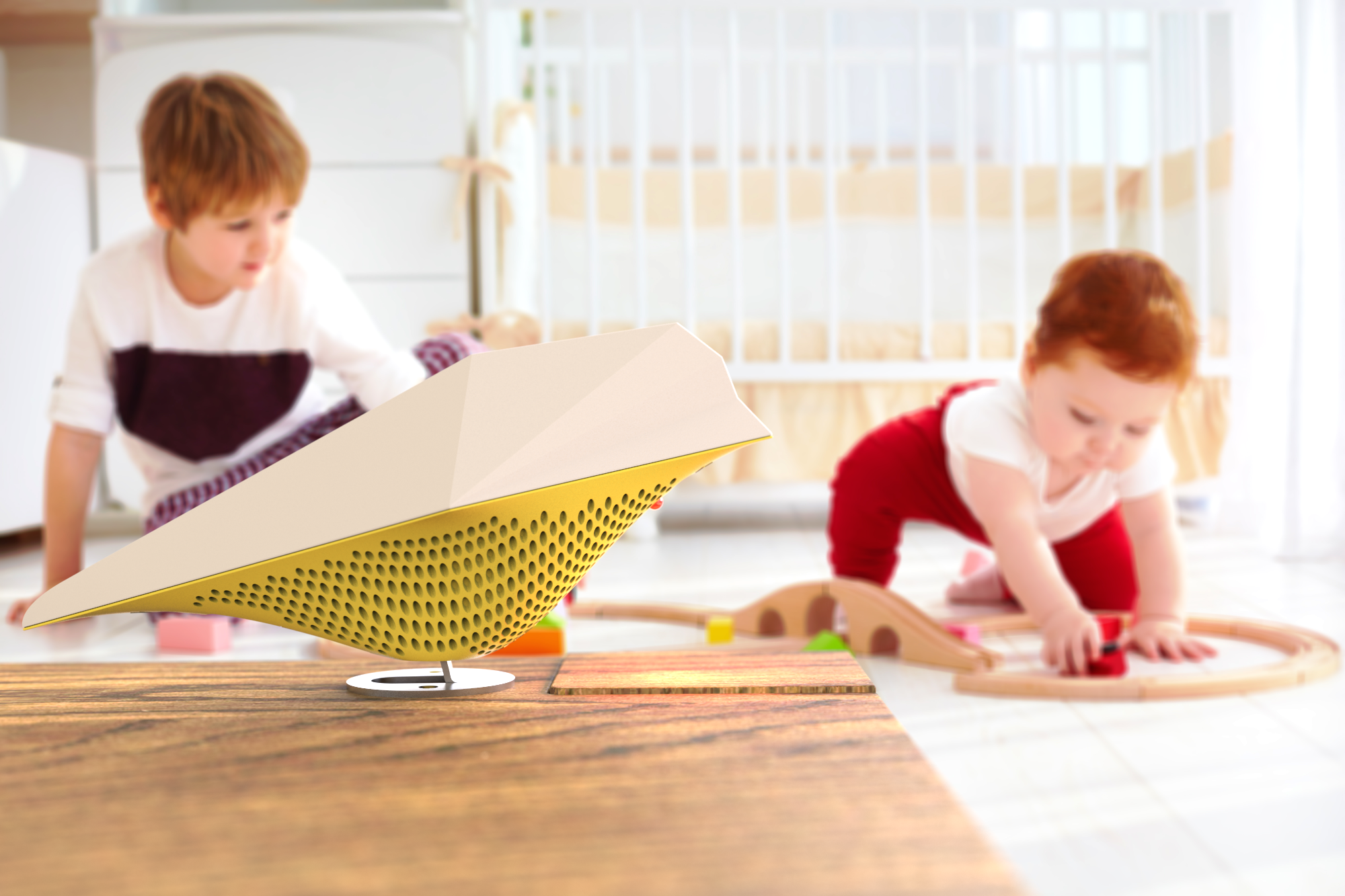How can I help my child's asthma & allergy symptoms?
Children’s rooms for play and sleep are hotspots of high levels of stale air as we often leave windows closed for safety. With the AirBird® Smart App you can monitor the indoor climate in your children's room in real-time.
What is an ideal indoor climate?
Comfortable temperature, stable humidity levels maintained at
between 30% and 50% and low CO2 levels are important for an ideal indoor climate.
The AirBird® measures CO2, temperature and humidity in real time and with its timely alerts and notifications you can improve how you ventilate your spaces.
Air purifiers are good, but the AirBird is better!
There are also lots of toys and soft furnishings and these release invisible Volatile Organic Compounds (VOCs) in the air. If you have invested in a air purifier, it can help in removing some of these. But stale air, which is high in CO2 cannot be purified. The only solution to this problem is to bring fresh air indoors. The AirBird
® gives you a timely nudge to open your windows and let fresh air in. It also lets you know when you can shut your windows back.
How does humidity affect asthma & allergy symptoms?
Humidity encourages the growth of moulds and fungus. Millions of spores linger in the air making children vulnerable to increased asthma and allergy symptoms. Good ventilation is important to balance the relative humidity and it prevents the growth of mould or fungus. Humidity in a room must never exceed 60%.
How does CO2 levels
affect asthma & allergy symptoms?
CO2 levels are a good indication of the ventilation rate in your space. High CO2 levels means there is need for more air circulation and poor ventilation has a direct relationship to risk of developing asthma and allergies, especially among young children.
Long exposures to poor indoor climate cause disturbance to sleep, lower cognitive development and the AirBird® decreases risk of asthma and allergies.


